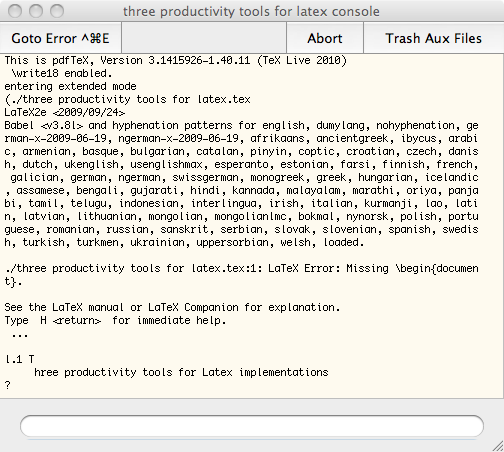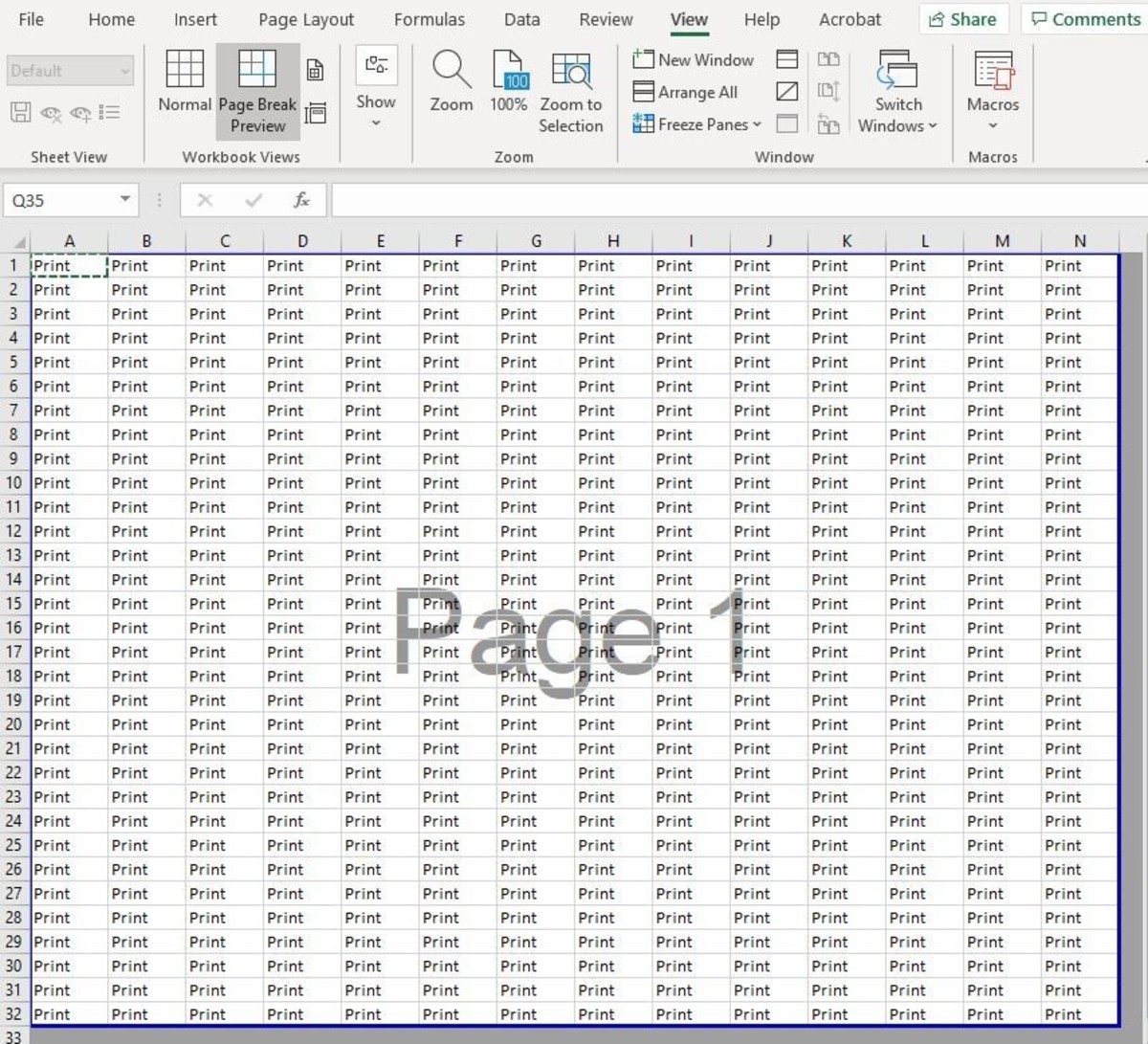- HubPages»
- Technology»
- Computers & Software»
- Computer Software
Three productivity tools for LaTeX implementations
George Grätzer, in his book More Math Into LATEX, said that a good LaTeX implementations must have three important productivity tools: Synchronization, Block comment, and Jump to a line.
In his short article I try to compare two popular Latex distributions, MikTex, and TeX Live. The former comes with TeXworks, while the later TeXShop. To my experience, TeXShop is better than TeXworks with regard to these three tools.
Syncronization
Syncronization facilitates moving quickly between the source file and the typeset file, to locate the corresponding place in the source file and from the source file to the corresponding place in the typeset file. TeXWorks highlights the corresponding line or a block, while TeXShop can locate a single word or even punctuate, with color highlight in source file or with a red circle on the preview file. But if you have \include files, it seems not so sensitive.
Block comment
Block comments are very useful:
1. When looking for a LATEX error, you may want LATEX to ignore a block of text in the source file.
2. Often you may want to make comments about your project but not have them printed or you may want to keep text on hand while you try a different option. To accomplish this, insert a comment character, %, at the start of each line where the text appears. These lines are ignored when the LATEX file is processed.
In TeXShop, select a number of lines in a source document, and choose the menu Source > Comment. All the lines, the whole block, are commented out. The reverse is done with Source > Uncomment.
In TeXWorks, this is done by choosing the menu Format>Comment and the reverse Format>Uncomment.
Jump to a line
This is specified by the line number in the source file. To find an error, LaTeX suggests that you jump to a line. In TeXShop, you can click "Go error" button on the typesetting console, while in TeXWorks, you have to look at the error message, and find the line number, and click the menu search--> Go to line. The error message may look like this:
! Misplaced alignment tab character &.
l.103 &
103 is the line number. You type this number in the 'Go to line" dialog popup window to locate the error in source file.
Pay careful attention how your LATEX implementation works. This enables you to rapidly perform the editing cycle and utilize the productivity tools when necessary.




